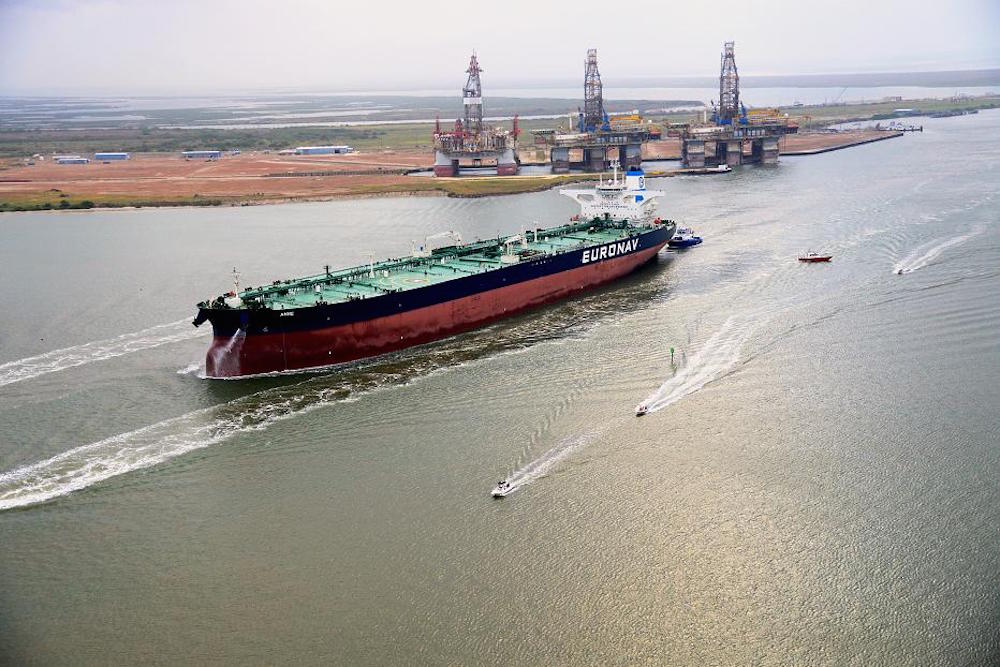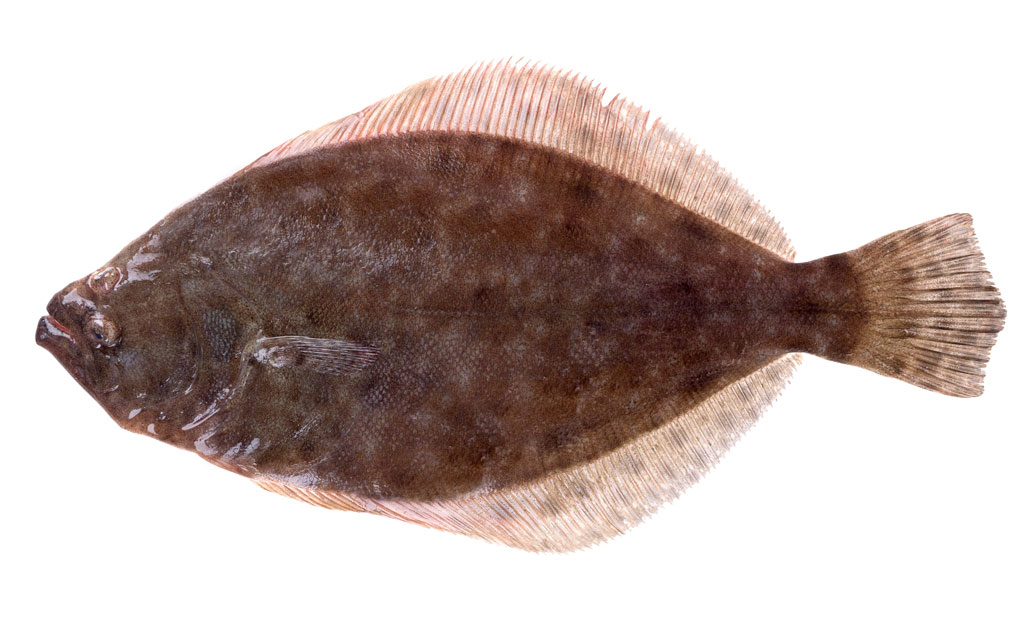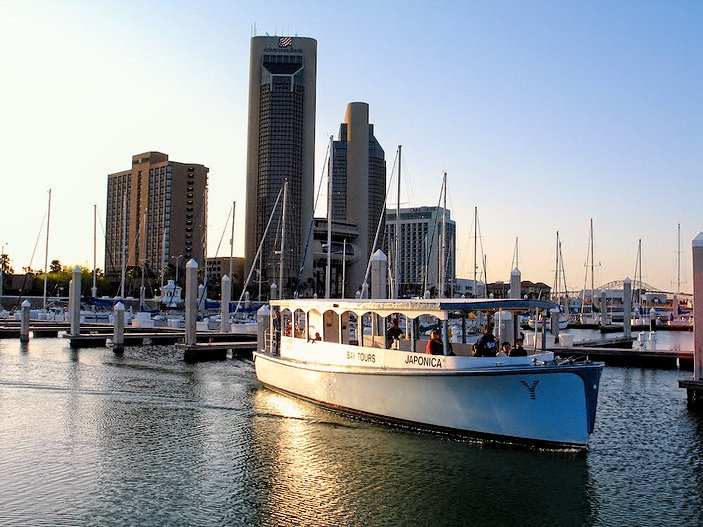
Dredging a deeper and wider ship channel into the Port of Corpus Christi is essential to allow bigger ships like the Supertanker Anne to leave full. Here the Anne docks in a trial run to Port of Corpus Christi. She came in empty, but had to be fully loaded in the Gulf of Mexico because the channel is too shallow for heavy vessels. Courtesy photo
The Energy Port of America, also known as Port Corpus Christi, just purchased 90 acres of land from Nueces County for $6.8 million. The land runs along the Corpus Christi Ship Channel and will be used as another access point for future development.
A similar piece of property, totaling 41 acres, was recently leased to Howard Energy Partners, which is building a rail terminal and petroleum and petroleum products storage facility there. Port Corpus Christi is adding a new oil dock, Oil Dock 20, which will be used to fill ships transporting fuel to Mexico. The facility will be connected to the proposed Dos Aguilas pipeline to Monterey, Mexico. It will also be able to handle Suezmax tankers.
Leasing land to petroleum exporting companies is a new line of business for the port. The opportunity opened up when the federal government lifted a 40-year-old oil export ban in December 2015. The growing demand for oil and gas in Mexico has fed the port’s expansion as well.
Crude exports now measure more than 320,000 barrels a day. In comparison, the port shipped 340,000 barrels in 2011 — that’s in one year, not a day. Oxy Petroleum provides another astonishing example of exponential growth. In 2015, Oxy Petroleum shipped zero barrels of oil. In 2016, 5 million barrels left the port. Projections for 2017, which is drawing to a close, are 35 million barrels.
With its proximity to the Permian Basin and the Eagle Ford shale plays, the port has attracted major investments in industry to the area. Six pipelines are in the works to move oil and gas from the shale plays to Coastal Bend properties for refining.
Industries currently building in the area include:
• ExxonMobil, $10 billion plastics manufacturing plant
• TPCO America Corp., $1 billion seamless steel pipe plant
• M&G Resins, $1 billion PET resins plant
• Voestalpine Texas, $800 million hot-briquetted plant
• Cheniere, $13 billion LNG plant
Total, new construction in the area is nearing the $50 billion mark — more than some states.
Aside from being the fourth-largest port in the nation in terms of tonnage, Port Corpus Christi is the only port making regular use of its own docks to raise money. The landlord approach brings in a significant revenue stream for the organization. The port also receives a percentage of wharfage for cargo unloaded at private docks because it owns the land the ships are crossing.
In exchange, vessel owners, shippers and manufacturers get good air attainment ratings, rail service, proximity to Mexico, cheap energy and a stable economic environment.
The extra money from this new way of doing business for the port should help in fixing the entity’s biggest problem: the need to dredge a wider, deeper ship channel. The 36-mile-long channel is currently 47 feet deep. The federal government has authorized dredging to 54 feet but has yet to provide the funding.
The port is “accelerating” funding by investing $32 million of its own to get the project started. If all goes well, that money will be refunded to the port, which meanwhile is watching and growing its bottom line.





